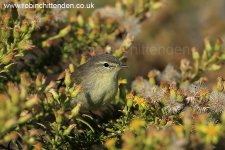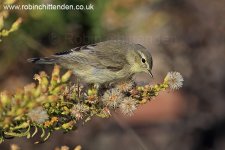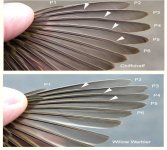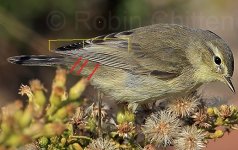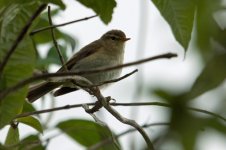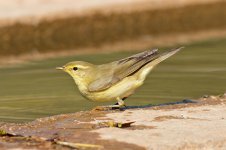robinchittenden
Award winning wildlife photographer, writer, tour
You're monthly warbler ID test.
Anyone have an opinion about this bird?
Same bird in both photos taken in Portugal last week.
Has dark legs.
Thanks
Robin
Anyone have an opinion about this bird?
Same bird in both photos taken in Portugal last week.
Has dark legs.
Thanks
Robin




